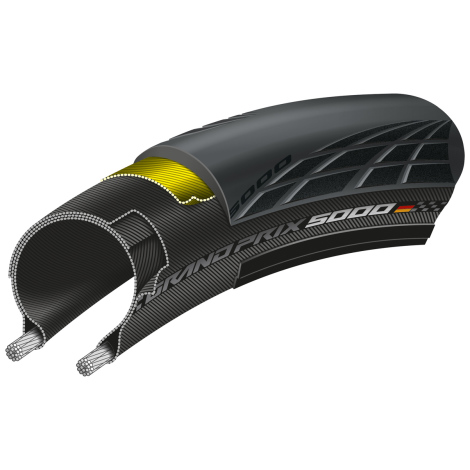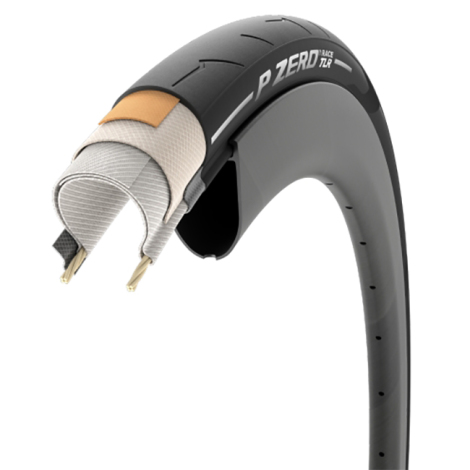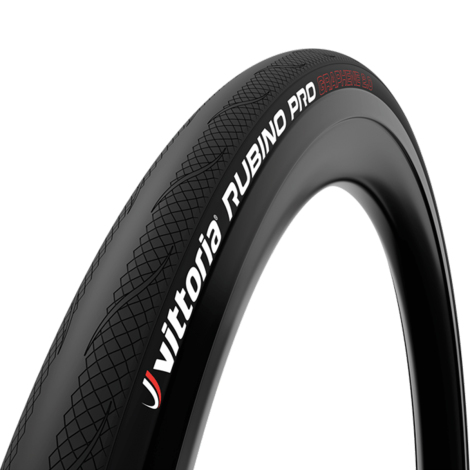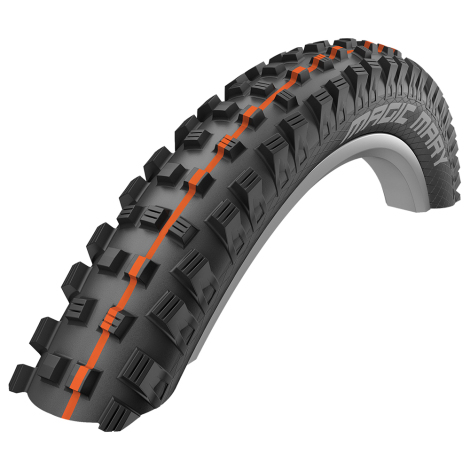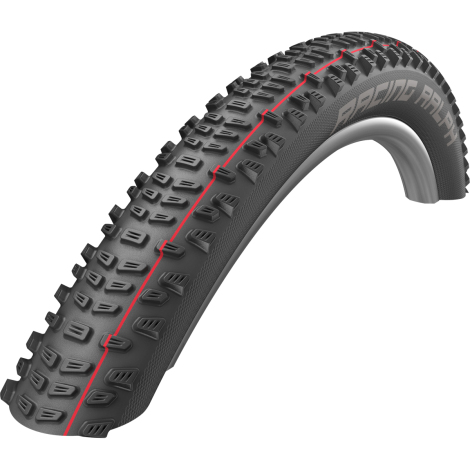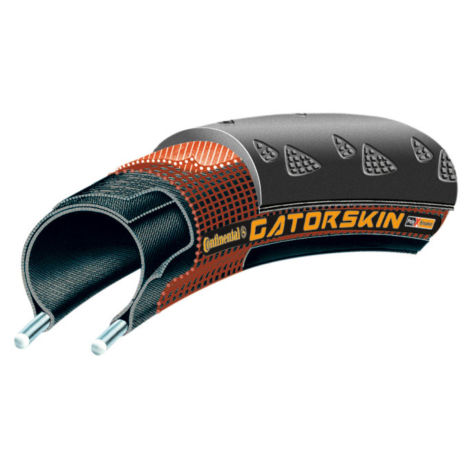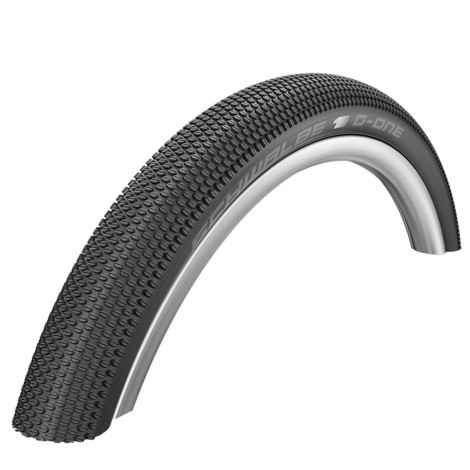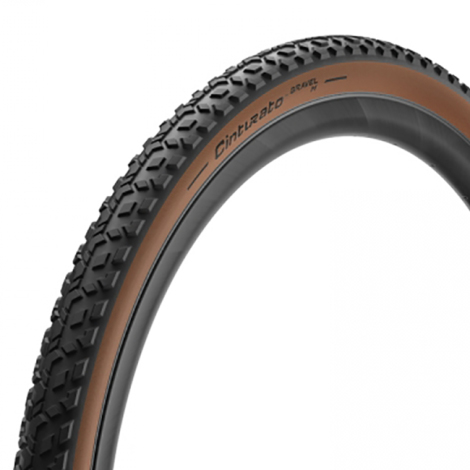Tyres provide the vital connection between you and the road or ground. They are also responsible for providing a large percentage of comfort as well as affecting your speed and grip. Is it time to get to know your tyres?
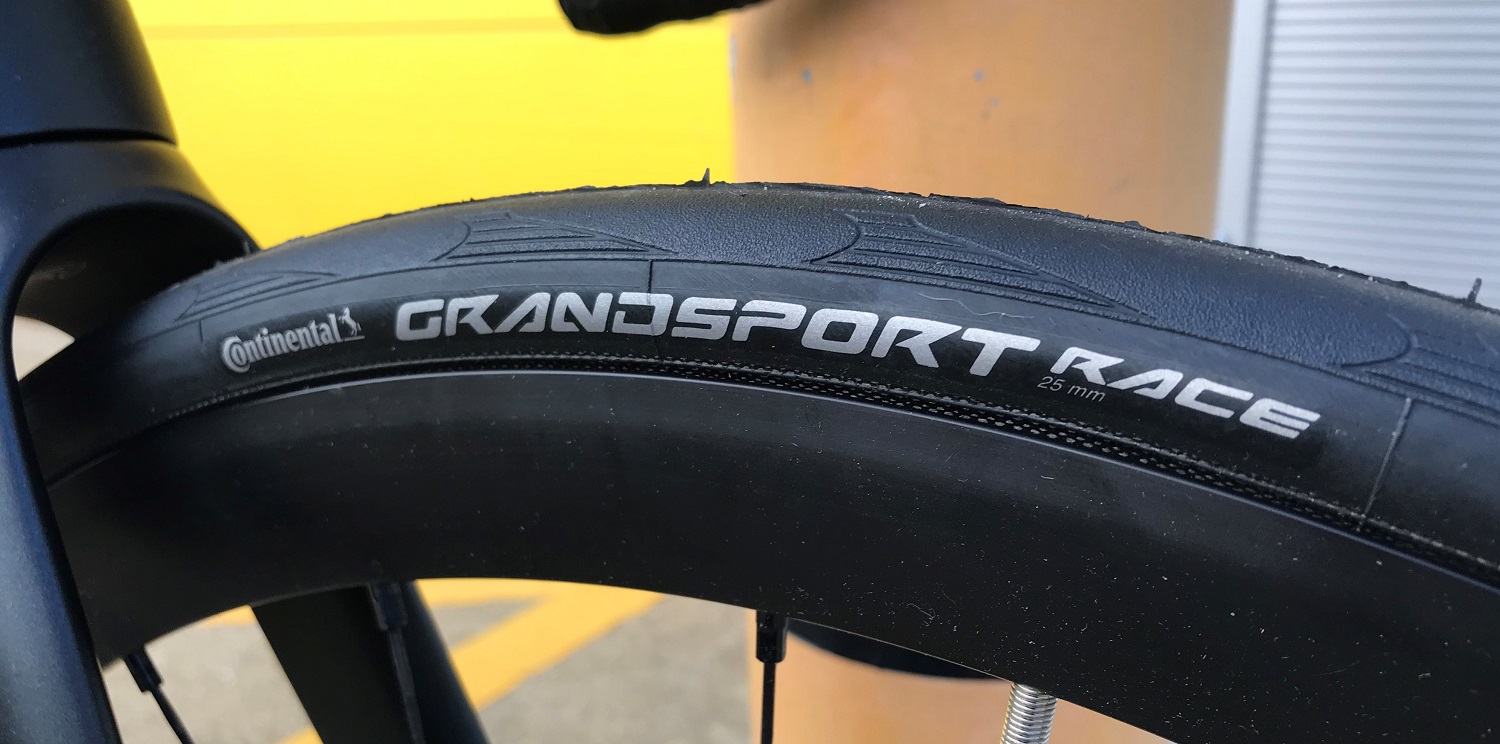
Tyre Fit Options
Most tyres are clinchers. Tubeless tyres started in high level MTB riding but have been gaining popularity in recent years for road and gravel bikes. Tubular tyres are still popular in road, cyclocross and track racing.
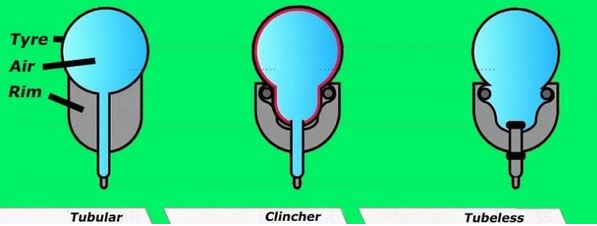
Here’s how they work
Clincher tyres use a wire or kevlar bead around the edge of the tyre to hook onto the rim. Inner tubes hold the air and can be repaired or replaced in the event of a puncture. Clinchers developed to become a viable alternative to tubulars on road bikes in the early 1990’s, with tyres like Continental’s original Grand Prix (early version of the current GP5000). Most bikes come fitted with clincher tyres, they offer a good mix of practicality and performance for most bike riders.
Tubeless tyres have a special bead around the rim which hooks onto the (tubeless specific) rim more solidly than clinchers and offers an air tight seal. This technology banishes inner-tubes to the history parts bin, next to toe clips & straps. However, it requires tubeless compatible wheels, special valves, rim tapes and sealant to make a fully airtight wheel and tyre. Tubeless tyres can seal their own punctures, however they can be tricky and time consuming to initialy set up.
Tubular tyres have traditionaly offered the ultimate performance. Tyres are glued onto the rims, offering a lightweight, high performance option. Tubular tyres have been the choice of racers at the top of road racing for years. However, the inner tubes which hold the air are sewn into the tyre and are more difficult to repair. Replacing tubular tyres can take time and a fair amount of skill to glue the tyre so it is seated properly, all around the wheel.
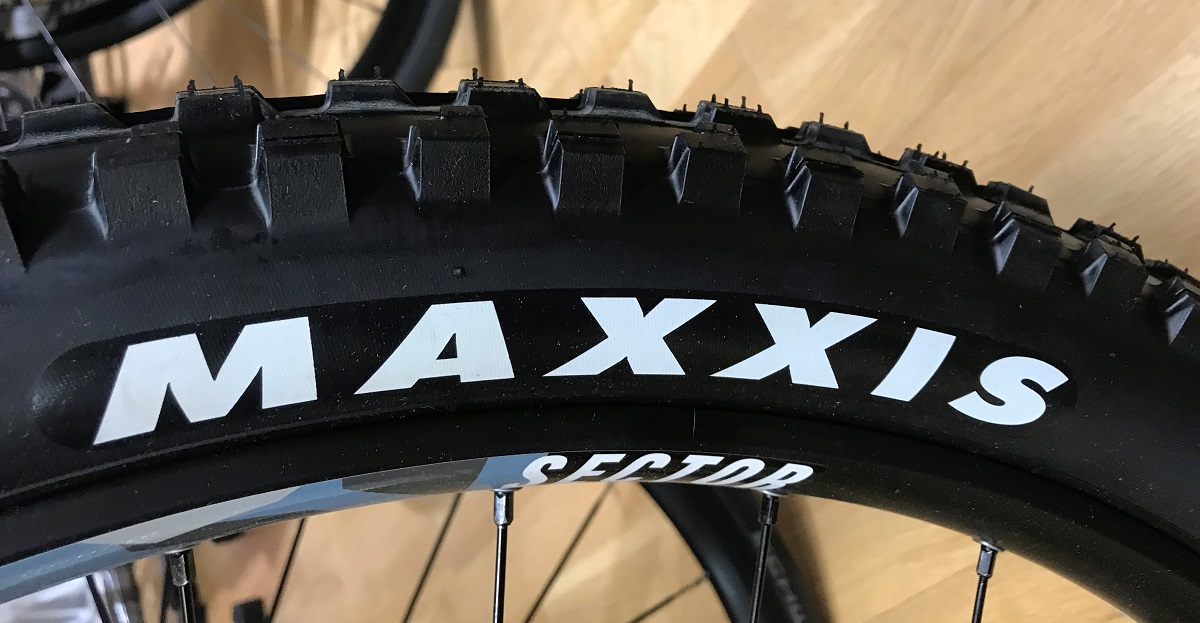
Identify Tyres!
Easiest way to identify your current bike tyre is to read the tyre size on the side wall. (700 X 25mm or 27.5 x 2.35 for example)
Size Matters
Recent years have seen a move towards wider tyres on Road bikes and Gravel bikes. MTB’s too have moved wider with the 27.5 Plus format bridging the gap between traditional 2 – 2.4 inch wide tyres and Fat bikes with 4 inch wide tyres. HOWEVER! As is often the case with bike stuff, wider tyres don’t always fit. Make sure your frame and fork have sufficient clearance for going wider before you buy.
So what is ETRTO?
As well as the more often talked about sizing, (for example 700×28 below) tyres also carry another sizing method, ETRTO – (28mm-622mm below). So what is ETRTO all about? ETRTO (European Tyre and Rim Technical Association) is a not for profit organisation based in Belgium. They set about standardizing rim and tyre fit on vehicles in the 1960’s. ETRTO use the bead size measurement (622mm bead seat = 700c). While the ETRTO size has been attached to tyres for a long time, most people, shops and manufacturers still stick to 700c for road and 26″, 27.5″ or 29″ for off road – because we are all set in our ways. ?
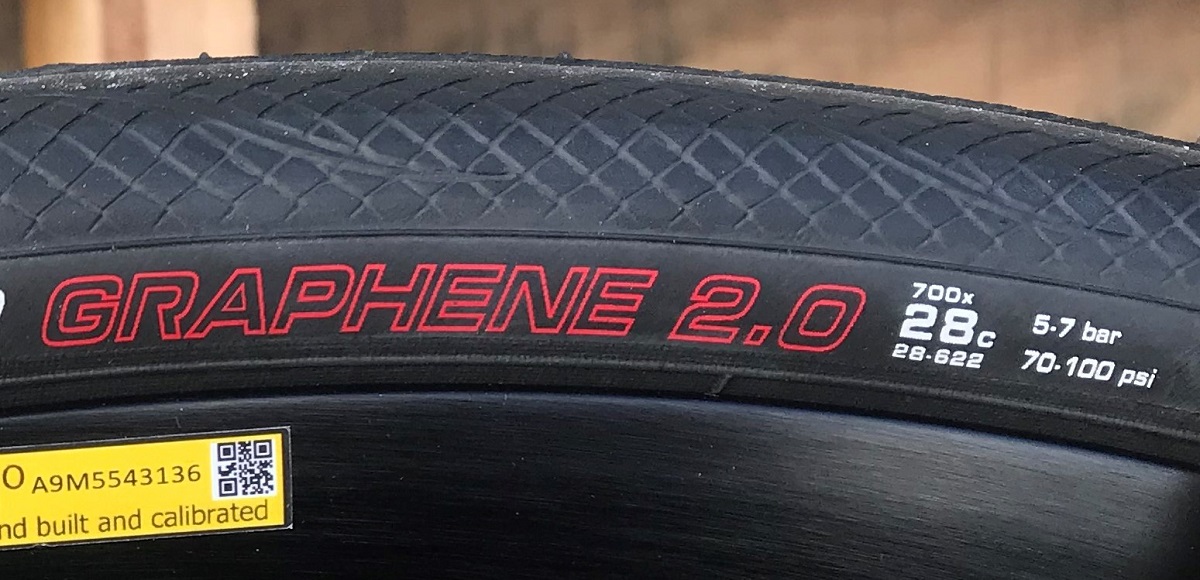
Why Wider?
Years ago we sold lots of 20 – 23mm road tyres, in 2021 we are selling more 25 and 28mm tyres. Generally wider tyres can provide more grip and comfort to your ride, especially useful if you regularly ride on rough, potholed roads. ‘Pinch flat’ punctures can be largely avoided when running wider tyres at lower pressures.
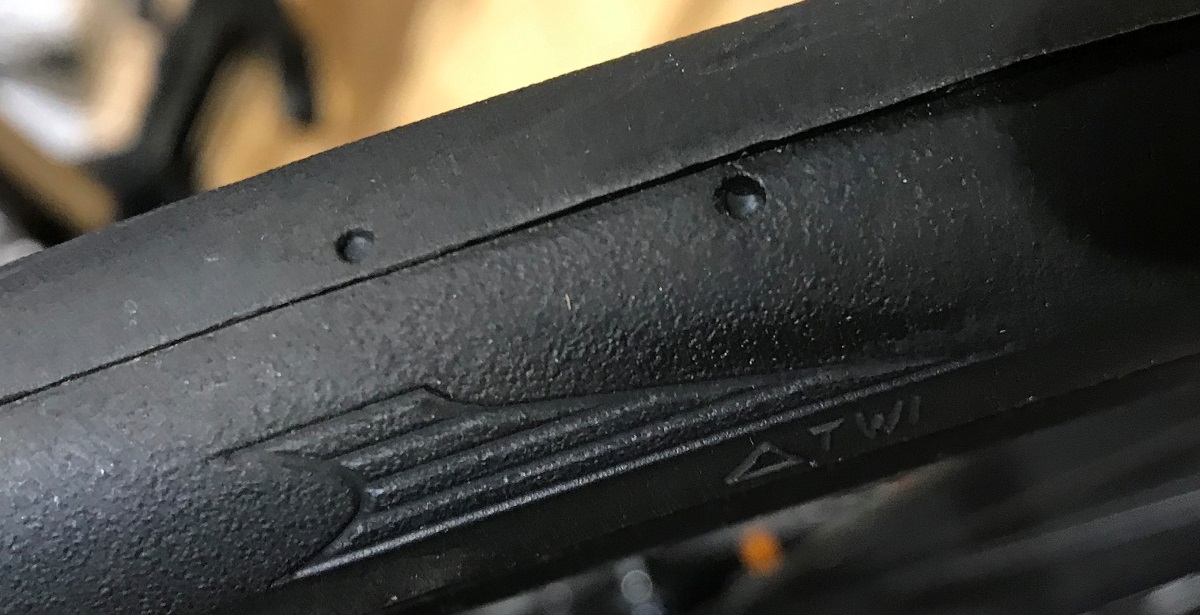
New Tyres Needed?
Some tyre manufacturers now include wear indicators (above), these allow riders to recognise that their rubber needs refreshing. Continental road tyres have small tap holes in the tread marked by TWI (Tread Wear Indicator) on the side wall. If the holes are worn away, it is time to replace your tyres. With some gravel and MTB tyres, the first sign of tyres getting worn could be less grip or more punctures.
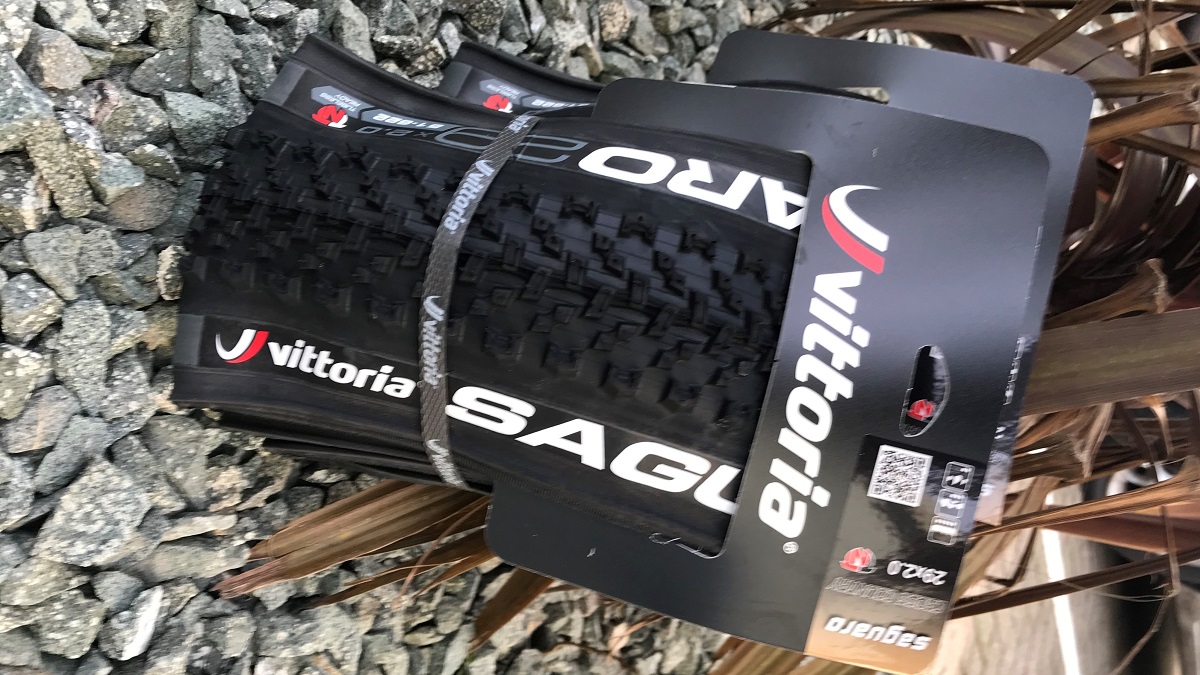
What about tread?
The tread or top layer of the tyre is the glamorous part of the tyre which gets all the attention. The tread layer is usually made from butyl rubber. The butyl can include additives to improve grip, puncture resistance or even add colour. Most road tyres have a fairly subtle tread pattern to ensure that there is a lot of surface area in contact with the road. MTB, gravel and cyclocross tyres have tread patterns which work better within their targeted terrain.

No More Punctures?
There are four main ways to avoid punctures;
- Inflate tyres to manufacturers recommended pressures.
- Avoid riding through road debris (glass, metal, thorns etc) or holes in the road.
- Check your tyres! Look for anything lodged into the tread layer of the tyre before it gets pushed into the inner tube, check for cuts too.
- Replace worn tyres (consider tyres with puncture protection or try tubeless).
Check out an earlier blog post on tyre pressure.

